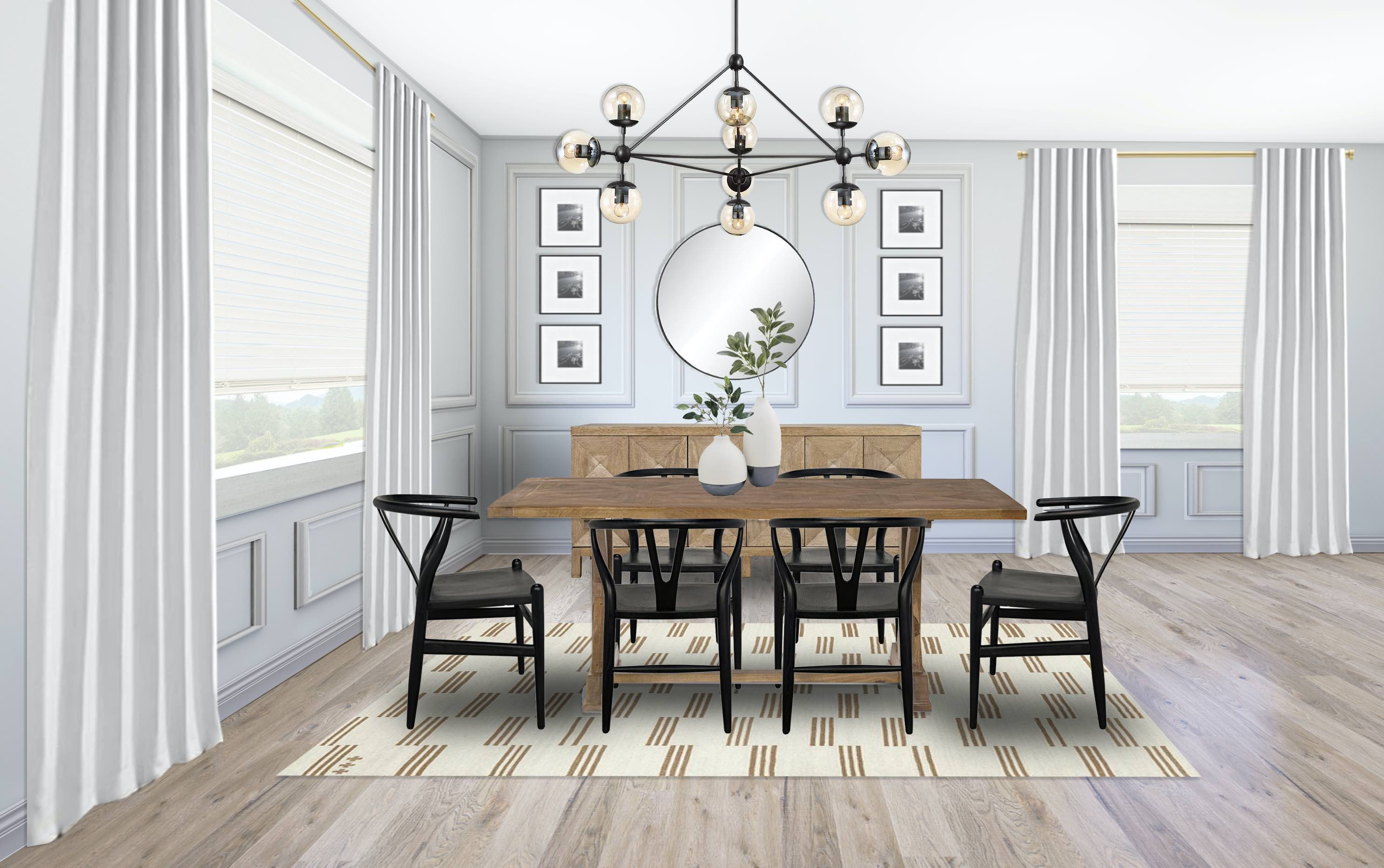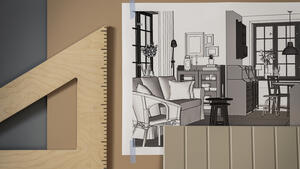Now that nearly all of the world has gone virtual, interior designers are finding new tools and ways of working to keep projects coming in. There’s certainly a learning curve, but who can afford not to make the switch these days? In BOH’s latest Community Discussion, editor in chief Kaitlin Petersen spoke with three designers—Kirsten Holmstedt, Andrea Schumacher and Nicole White—about their experiences pivoting to virtual design services of all shapes and sizes during the pandemic.
Watch the recorded conversation here or read on to find out some of the top takeaways—from the digital tools that these designers are using to the challenges they’re facing in screening their clients.
TAKING THINGS VIRTUAL
Kirsten Holmstedt always had virtual design capabilities as an option at her Mesa, Arizona–based firm, she just didn’t advertise them. Now, she’s adjusted her firm’s offerings to include a variety of online packages, as well as a new option for one-hour phone consultations. No matter what, she begins with a discovery call—this allows for her to make sure that the clients are the right fit. “Normally with full-service, we would go into the client’s home for that initial consultation,” she explained. “Now, we’ve made it more of a virtual experience.”
South Florida–based designer Nicole White admits that she’s surprised by how many firms were not offering virtual services. “I’ve always viewed virtual design as an extension of my full-service option,” she said. “The reality for me is that most of my [Instagram] followers are not local, so it was always strategic to market to those clients and to be able to offer them that experience [of working with our firm].” While she’s still focusing on full-service projects, White has reincorporated her virtual design into her website—and plans to add phone consultations too.
PHONE A FRIEND
In addition to finding new ways to work with existing full-service clients remotely (hint: lots of Zoom calls and FedExed samples), Denver-based Andrea Schumacher has also launched a service where clients are able to reserve 30-minute or hourlong phone consultations with her. “When this whole thing happened, I figured we might as well do this while we wait,” she said. Clients sign up for a time slot on Calendly (for now, she has blocked off 11 a.m. to 1 p.m., Monday through Thursday, for the calls); in return, they are sent a PayPal request for the hourly fee.
So far, Schumacher has only promoted the service on her Instagram feed—and though she originally planned to offer it through the end of April, she is already considering extending the timeline. The firm has several large projects in the pipeline, but Schumacher feels optimistic that some of the connections she’s making now will lead to future work; several slots were also booked by other designers wanting to learn more about her business. “I’ve been connecting with people from all over—they just want to hop on a quick call for now, but I think it’ll bring in long-term clients,” she said. “I [also] like meeting people that wouldn’t really be able to connect [otherwise].”
WHAT'S IN A VIRTUAL TOOL KIT?
The ubiquitous integration of Zoom as a business tool for the design community was quick—but beyond that, all three designers have started to use other applications and platforms to assist in running their virtual businesses. Holmstedt uses 17hats, a workflow optimization platform that consolidates questionnaires, contract signing, billing and presentation file sharing into one custom client portal.
The sampling library Material Bank has been White’s go-to during the crisis, with overnight shipping and a wide selection of samples for her to choose from. She coordinates Zoom meetings with those shipments—one to her, one to the client—so that they can review the same materials in real time.
LOST IN TRANSLATION
Without an in-person meeting to get to know a client, the designers agreed that it can be difficult to gauge a client’s tastes in an initial consult. White said she usually relies on mementos like the photos from a client’s travels as she walks through their house to inform her designs; now, an Instagram and Pinterest song-and-dance has become the norm, with strings of comments to contextualize what resonates within each inspiration photo.
MEASURING UP
All three designers have found that measuring is one of the greatest challenges for their virtual clients; Holmstedt has gone so far as to create a step-by-step guide to help her clients get their room’s dimensions just right. With such an essential piece of the job completed by the homeowner rather than the designer, White makes it clear in the contract that it’s up to the client to get it right. “The liability is on them, but I do follow up constantly to make sure that they’re measuring correctly,” she said. “I’ll be FaceTiming with the client and ask, ‘Will you triple-check that ceiling, because it cannot be what you’re telling me! Seven feet? This cannot work!’”
____________
Business of Home’s biweekly Community Discussion is a new series of interactive Q&A events on Zoom for BOH Insiders. Hosted by editor in chief Kaitlin Petersen, the conversations explore how COVID-19 is impacting interior design and the home industry—and how designers and brands should respond. BOH Insiders can tune in every Monday and Friday at 1:00 p.m. EST or watch the recorded sessions here. (Not a BOH Insider? Learn more about our membership community here.)
Homepage image: A digital rendering by Kirsten Holmstedt’s firm | Courtesy of Treasure in the Detail Interiors





























